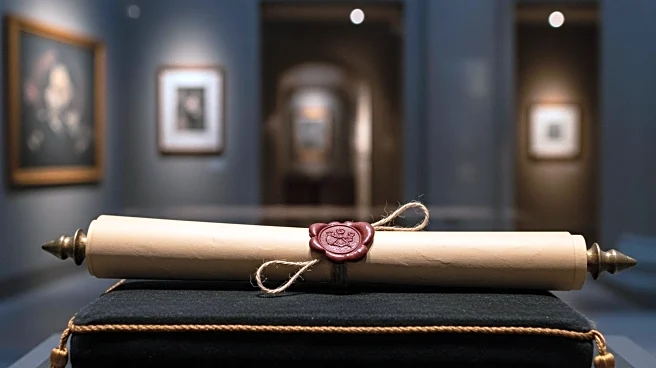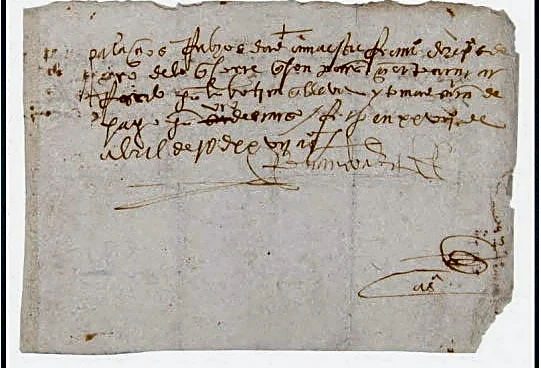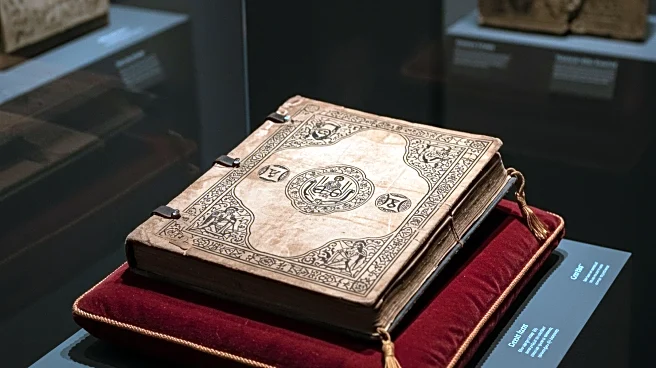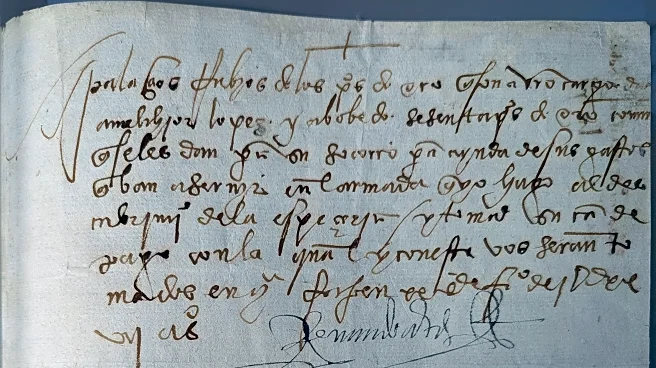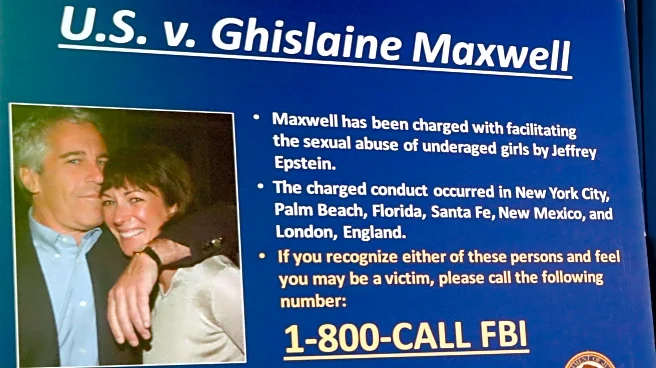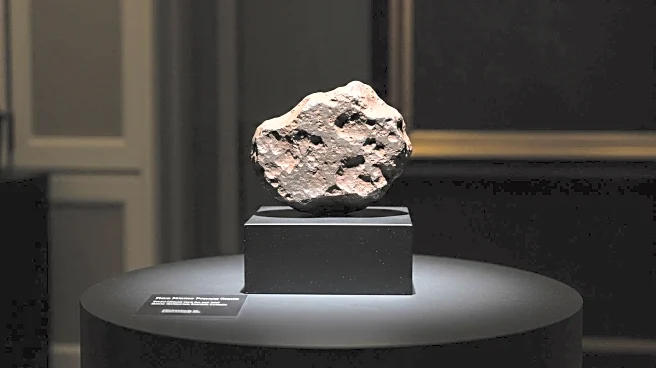What's Happening?
The FBI has successfully recovered and returned a stolen 16th-century manuscript signed by Spanish conquistador Hernán Cortés to the Mexican government. The document, dated February 20, 1527, provides insights into the governance of New Spain, detailing payments in gold pesos for various expenses. This manuscript is considered a protected cultural property, offering valuable historical context about Mexico's past. The document was likely stolen between 1985 and 1993, identified through a system of wax numbering used by Mexican archivists. Despite its theft, no criminal charges will be pursued as the document has changed hands multiple times since it went missing. This marks the second Cortés document repatriated by the FBI, following a similar return in July 2023.
Why It's Important?
The return of this document underscores the importance of preserving cultural heritage and the collaborative efforts between nations to combat the trafficking of stolen artifacts. For Mexico, the manuscript is a significant piece of history, contributing to a deeper understanding of its colonial past. The FBI's involvement highlights the U.S. commitment to supporting international partners in protecting cultural properties. This action not only strengthens diplomatic relations but also sets a precedent for future recoveries of stolen cultural items, emphasizing the need for vigilance in art and antiquities crime.
What's Next?
The FBI continues to search for other missing pages from the same collection, urging anyone with information to come forward. This ongoing investigation may lead to further recoveries, enhancing the historical archives of Mexico. The collaboration between the FBI and Mexican authorities is likely to continue, potentially leading to more discoveries and returns of stolen cultural artifacts. The case also raises awareness about the importance of safeguarding cultural heritage and may inspire similar efforts globally.
Beyond the Headlines
The recovery of the Cortés document highlights ethical considerations in the art world, particularly regarding the ownership and repatriation of cultural artifacts. It prompts discussions on the responsibilities of collectors and institutions in ensuring the provenance of items in their possession. The case also reflects broader cultural dynamics, as nations seek to reclaim their historical narratives and artifacts, fostering a sense of identity and heritage preservation.


